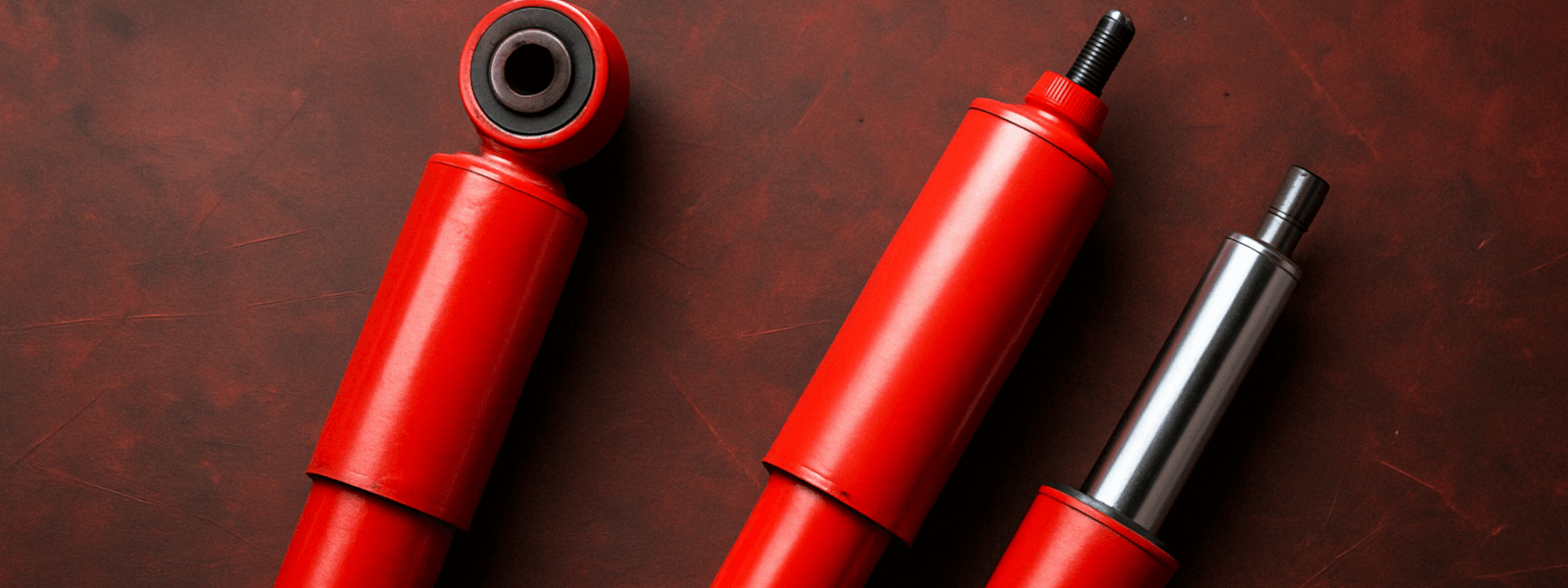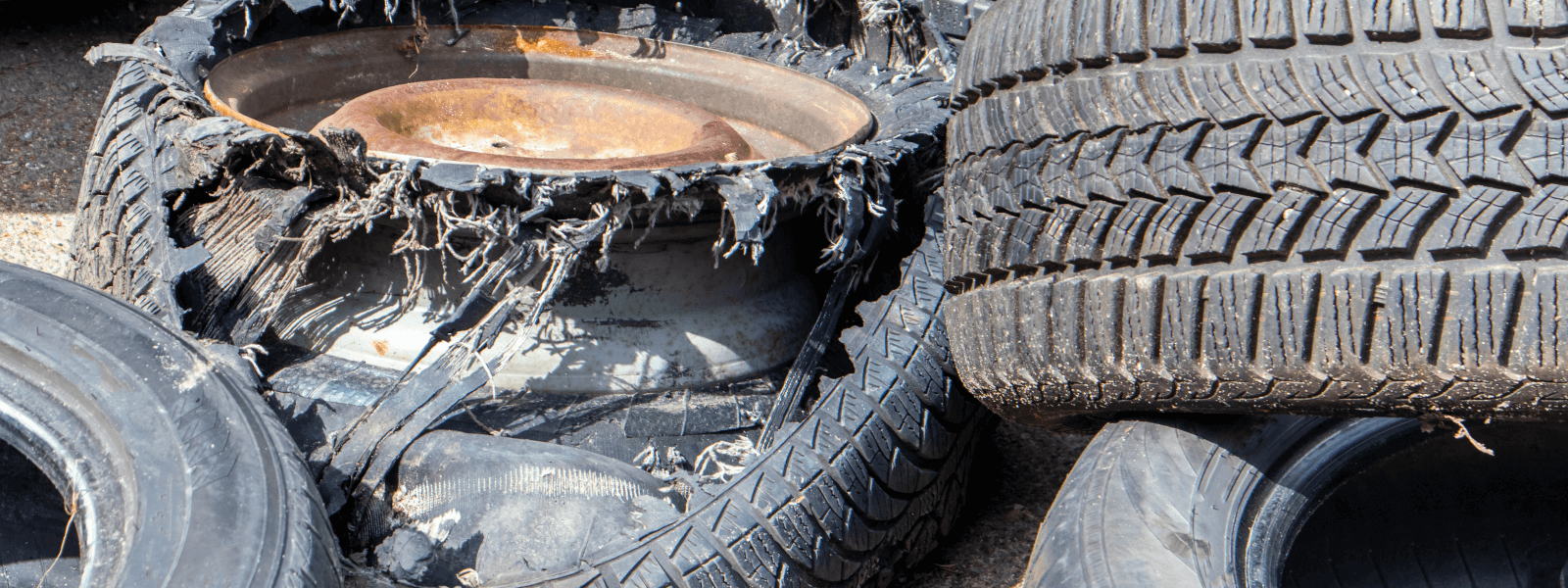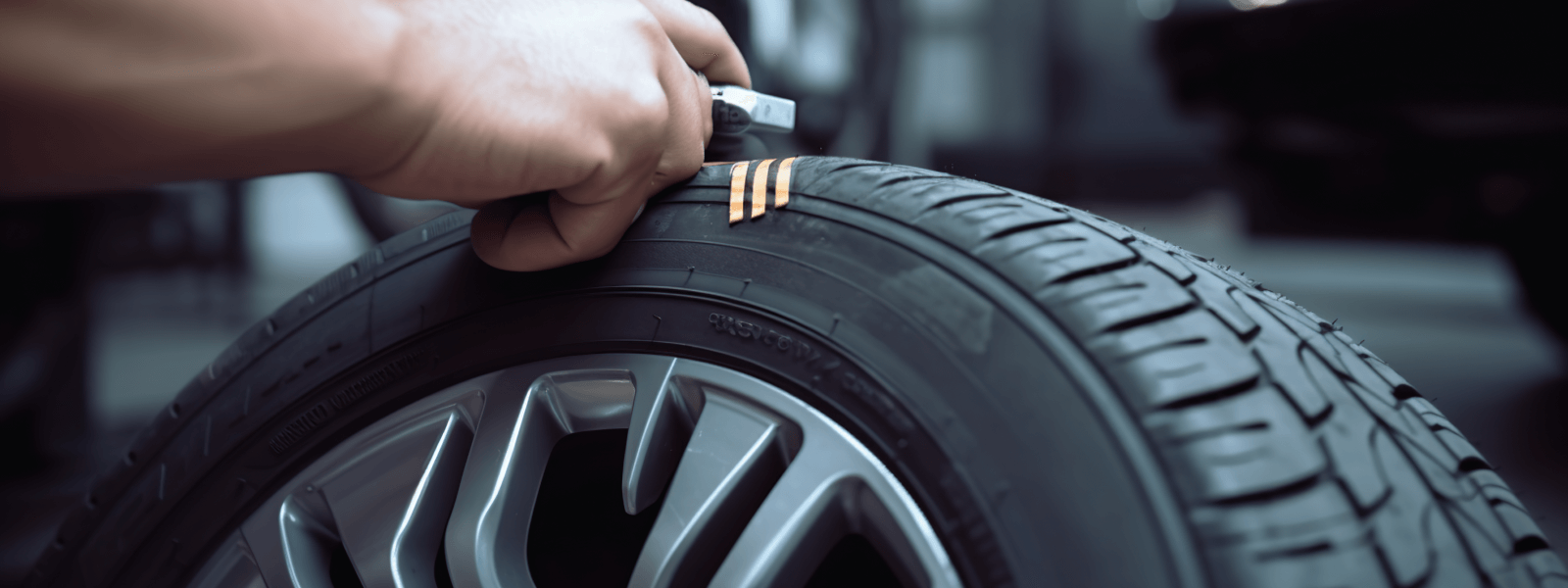Remote Reservoir Shocks Pros & Cons

When you're looking to upgrade your vehicle’s suspension for off-road adventures, towing heavy loads, or just enhancing high-performance driving, you might hear the term "remote reservoir shocks" tossed around quite a bit.
These innovative suspension components have truly changed the game when it comes to vehicle handling and durability in tough conditions. But what are remote reservoir shocks, and do they really justify the investment?
Remote reservoir shocks take things up a notch compared to standard shock absorbers. They’re specifically designed to handle heat buildup better and improve fluid displacement, which means they offer superior performance. You’ll often find them in off-road trucks, SUVs, racing vehicles, and any setup that requires top-notch suspension travel and durability.
In this article, we’ll dive into the pros and cons of remote reservoir shocks, so you can figure out if they’re the right fit for your vehicle.you’ve been feeling every bump in the road on your daily drives through
How Remote Reservoir Shocks Work
Unlike traditional shock absorbers that keep hydraulic fluid in one chamber, remote reservoir shocks come with an external reservoir linked by a high-pressure hose. This extra reservoir boosts the total fluid capacity, offering several benefits:
ENHANCED COOLING
The extra fluid volume allows for better heat dissipation, reducing the risk of shock fade under extreme conditions.
MORE CONSISTENT PERFORMANCE
By separating the hydraulic fluid from the pressurized nitrogen gas, remote reservoir shocks reduce aeration, ensuring consistent damping force.
INCREASED SUSPENSION TRAVEL
The remote reservoir design allows for greater piston movement, providing superior handling in rugged terrain.
Customization Potential: Many remote reservoir shocks come with adjustability options, allowing drivers to fine-tune compression and rebound settings based on their driving needs.
Pros of Remote Reservoir Shocks
Enhanced Heat Dissipation
One of the standout benefits of remote reservoir shocks is how well they handle heat. When you're off-roading, racing, or towing heavy loads, the friction in the shocks can really ramp up the fluid temperatures.
Thanks to their extra fluid capacity and external reservoir, these shocks are great at dissipating heat, which helps keep performance from dropping off due to overheating.
Increased Suspension Travel
For those who love off-roading, suspension travel is a game changer. The more travel you have, the better your wheels can grip those bumpy surfaces, which means improved traction and a smoother ride.
Remote reservoir shocks are perfect for this—they provide extra piston movement, making them a top choice for rock crawling, desert racing, and tackling those tough trails.
Better Adjustability & Customization
Unlike standard shocks, many remote reservoir models include external compression and rebound adjusters. These allow drivers to tailor their suspension settings based on terrain, load weight, and driving style.
Whether you need a softer ride for daily commuting or stiffer damping for off-road jumps, adjustability gives you more control.
Improved Durability & Longevity
Standard shocks can wear out more quickly when faced with aggressive driving conditions, which can cause fluid breakdown and a decrease in their damping ability.
On the other hand, remote reservoir shocks are designed with a larger oil volume, allowing them to last longer. This makes them a smart investment for serious off-road enthusiasts and high-performance drivers alike.
Cons of Remote Reservoir Shocks
Higher Cost
Performance comes at a price. Remote reservoir shocks tend to be much pricier than your standard shocks, so they’re quite the investment.
That higher cost reflects the use of top-notch materials, cutting-edge engineering, and the extra complexity that comes with having an external reservoir system.
Complex Installation & Maintenance
Unlike traditional shocks that are straightforward to install, remote reservoir shocks require additional space and secure mounting locations for the external reservoir. This means that some vehicles may need custom brackets or modifications.
Additionally, periodic maintenance, such as inspecting hoses and seals, is necessary to ensure optimal performance.
Potential Over-Specification for Casual Drivers
When it comes to installing shocks, remote reservoir shocks are a bit more complex than traditional ones. They need extra space and a solid spot to mount the external reservoir. This often means that some vehicles might require custom brackets or even some modifications.
Plus, don’t forget about regular maintenance! It’s important to check the hoses and seals from time to time to keep everything running smoothly.
Comparative Analysis: Remote Reservoir Shocks vs. Standard Shocks
To understand whether remote reservoir shocks are worth the investment, it's essential to compare them to standard shocks in key performance areas.
From this comparison, it’s clear that remote reservoir shocks excel in extreme conditions but may not be necessary for everyday driving.
| Feature | Remote Resevoir Shocks | Standard Shocks |
|---|---|---|
| Heat Dissipation | Excellent | Limited |
| Suspension Travel | High | Moderate |
| Adjustability | Yes (on select models) | Rarely adjustable |
| Cost | High | Lower |
| Installation Complexity | Moderate to High | Low |
| Best For | Off-road, heavy loads, performance driving | Daily driving, mild off-roading |

Applications Best Suited for Remote Reservoir Shocks
While remote reservoir shocks offer impressive performance advantages, they are not necessary for every vehicle. Here’s a breakdown of the scenarios where they truly shine:
Off-Road & High-Performance Vehicles
Remote reservoir shocks are truly a game-changer for off-road lovers and high-performance drivers who crave dependable damping on tough terrains.
Whether you're navigating rocky trails, gliding over sand dunes, or speeding through desert racing courses, the extra oil capacity and heat dissipation guarantee that you’ll enjoy consistent performance every time.
- Rock Crawling:
Improved suspension articulation allows wheels to maintain contact with uneven surfaces.
- Baja-Style Desert Racing:
High-speed off-road travel generates extreme heat, which remote reservoirs help manage.
- Mud and Sand Driving: Keeps shocks from overheating and losing effectiveness in soft terrain.
Heavy-Duty & Towing Vehicles
For trucks and SUVs frequently used for towing trailers, campers, or heavy payloads, remote reservoir shocks offer increased stability and load-carrying capacity.
- Reduced Sag:
Helps maintain proper ride height and handling under heavy loads.
- Minimized Shock Fade:
Prevents overheating on long hauls or rough roads.
- Smoother Ride: Absorbs road imperfections, reducing driver fatigue.
Daily Drivers – Are They Worth It?
If you're mainly using your vehicle for commuting and highway driving, upgrading to remote reservoir shocks might not be the best bang for your buck.
Sure, they can enhance ride quality, but in most cases, standard high-quality shocks do the job just fine for city and highway driving
Installation & Maintenance Considerations
Installation Challenges
Remote reservoir shocks are more complex to install than standard shocks. Some key factors to consider:
- Additional Mounting Space:
The external reservoir requires a secure mounting location.
- Custom Brackets:
Some vehicles may need special brackets or modifications to accommodate the reservoirs.
- Longer Installation Time: Due to extra components, installation takes longer than a traditional shock replacement.
Maintenance Requirements
To keep remote reservoir shocks in peak condition, regular maintenance is essential:
- Inspect Hoses and Fittings:
Check for leaks or damage, especially if you frequently drive in rugged terrain.
- Check Shock Oil Levels:
Some models require periodic fluid replacement to maintain performance.
- Recharging Nitrogen Pressure:
Over time, nitrogen pressure may drop, affecting shock response. Some shocks allow for recharging to restore performance.
- Cleaning and Rust Prevention: Keep the reservoirs and mounts clean to prevent dirt buildup and corrosion.
Manufacturer Support & Warranties
When investing in remote reservoir shocks, choosing a reputable brand with good customer support is crucial. Look for manufacturers that offer:
- Warranty Coverage:
Some brands offer lifetime warranties, while others provide limited coverage.
- Availability of Replacement Parts:
Ensure you can find replacement components like seals, hoses, and adjusters.
- Technical Support:
A good manufacturer will offer guidance on installation, tuning, and troubleshooting.
Weighing the Pros & Cons
Remote reservoir shocks are a fantastic investment for dedicated off-road enthusiasts, performance drivers, and anyone who often tows heavy loads.
They provide excellent heat dissipation, allow for greater suspension travel, and offer improved adjustability.
On the flip side, they do come with a steeper price tag, require a more intricate installation process, and need regular upkeep.
For those who genuinely need the performance edge, remote reservoir shocks can significantly enhance a vehicle’s ride quality and longevity.
However, if you're just a casual driver, opting for high-quality standard shocks might be a more sensible and budget-friendly option.
By understanding your driving habits and your vehicle's capabilities, you can make the best choice for your suspension setup.
FAQs About Remote Reservoir Shocks
Are remote reservoir shocks necessary for daily driving?
For the average daily driver, top-notch standard shocks usually offer just the right balance of comfort and performance. However, if you're into off-roading, towing, or need that extra edge in performance, remote reservoir shocks are the way to go. They excel in managing heat and give you the flexibility to adjust as needed.
How do remote reservoir shocks improve off-road performance?
They provide better heat dissipation, increased suspension travel, and customizable damping, allowing for better handling on rough terrain and over obstacles.
What is the lifespan of remote reservoir shocks compared to standard shocks?
With proper maintenance, remote reservoir shocks often last longer than standard shocks due to their advanced design and higher-quality materials.
Can remote reservoir shocks be retrofitted to any vehicle?
Not all vehicles can accommodate remote reservoir shocks without modifications. Custom mounts or brackets may be needed depending on your suspension setup.
Do remote reservoir shocks require special maintenance?
Yes. Unlike standard shocks, they may require nitrogen refills, oil changes, and more frequent inspections to ensure optimal performance.
Why 395 Auto & Performance Is the Leader in Shock Services
When it comes to shocks, shock replacement, and shock rebuilding, 395 Auto & Performance is recognized for our experience, expertise, and local knowledge.
We know the specific challenges that Riverside County roads, trails, and climate present for your vehicle.
✅ Certified technicians who specialize in suspension systems
✅ Access to premium
shock absorber
brands and rebuild kits
✅ Local knowledge of
desert, mountain, and highway
driving conditions
✅ Honest, upfront pricing and advice
Whether you’re starting to see signs of shock wear or gearing up for a complete suspension overhaul, we’re here to ensure your ride remains smooth, safe, and prepared for anything the road—or trail—might present.







